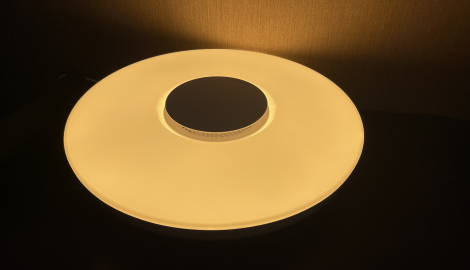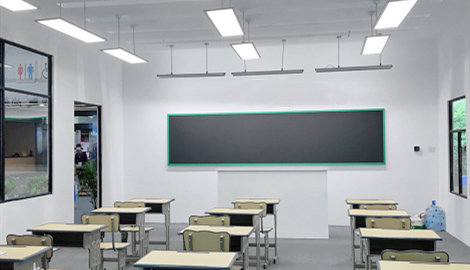In our country, primary and middle school students study for a long time, with high intensity, and they are in the physical development stage. The quality of the lighting environment will have a great impact on the eyesight of the students. The poor lighting environment is especially easy to cause eye fatigue and affect the learning efficiency. , And even cause vision loss. According to the data of the National Fitness Test Report issued by the State Sports General Administration in 2014, the poor eyesight of students in each school segment continues to increase and tends to be younger. The rates of elementary school, junior high, high school, and university are 45.71%, 74.36%, and 83.28%, respectively. 86.36%.

A healthy classroom lighting environment is essential to protect students' eyesight. Starting from elementary school, young people have to go through more than 10 years of learning. During this period, students study in various forms of classrooms almost every day. Students concentrating on learning activities in the classroom for a long time, the visual organs will be adjusted frequently, and the eye muscles will be overly tense, causing visual fatigue. Studying in a low-level classroom lighting environment may cause visual and physiological diseases.
The concept of school lighting design is to create a good visual environment for school education, improve the conditions of teaching and learning, and improve the health of students' eyesight. Low-level classroom lighting is one of the important factors leading to myopia in students. Students are engaged in learning activities in the classroom for a long time, and a good lighting environment can help improve students' visual health and mobilize learning enthusiasm.
Therefore, on September 17, 2018, the state issued the "Hygienic Requirements for the Design and Installation of Lighting in General Classrooms in Primary and Secondary Schools". In this new standard, the illuminance of the desktop and blackboard surface and the hygienic requirements for design and installation of general classrooms in primary and secondary schools are specified in detail:
1. Maintain the average illuminance not less than 300lx and the uniformity of illuminance not less than 0.7; maintain the average illuminance not less than 500lx and the uniformity of illuminance not less than 0.8 on the blackboard surface.
2. Suspended grid lamps should be used, and the efficiency of the lamps should not be less than 60%;
3 The unified glare value (UGR) should not be greater than 19;
4. The color temperature should be 3300K-5500K,
5. The color rendering index is not less than 80.
6. It is advisable to use the hanging rod installation method, and arrange it evenly according to the longitudinal direction of the classroom (the long axis of the lamp is perpendicular to the blackboard)
7. The lighting power density of the classroom should not be higher than 11W/㎡, and it should be lower than 9W/㎡ in areas where conditions permit.
8. The vertical distance (g) from the lamp to the desk is not less than 1700mm.






